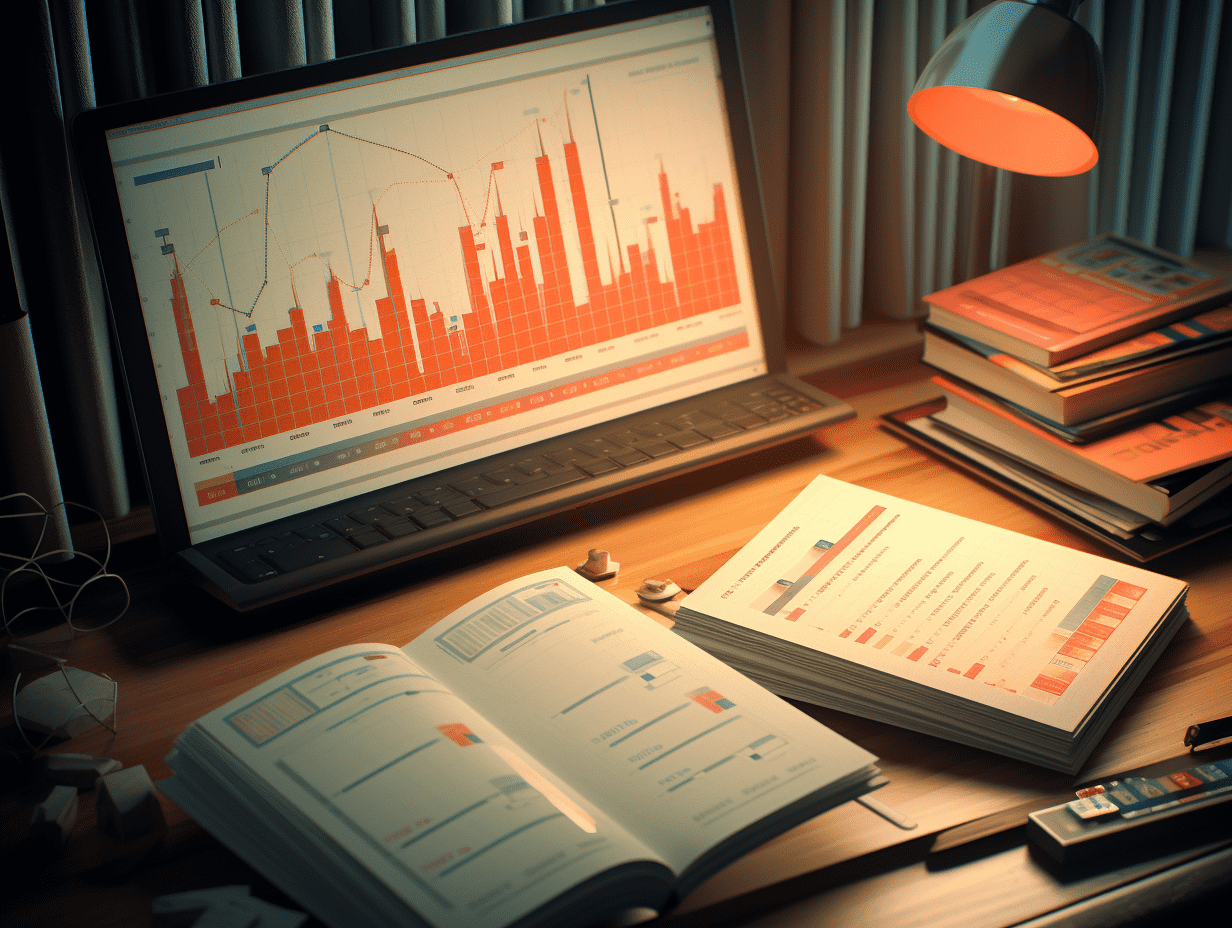Market sentiment flashing red light, more worries for US stock bulls.
Bloomberg Intelligence Market Pulse Index reached the "exuberant" range last month, indicating that investor sentiment may have become overheated.
The strong rebound of the US stocks may soon cool down, adding another reason for concern for the stock market bulls. The Bloomberg Intelligence Market Pulse Index reached the "frenzy" range last month, indicating that investor sentiment may have become overheated. The index combines six indicators including market breadth, volatility, and leverage to measure investor sentiment. When the index enters the overheated range, the returns in the next three months often weaken.
Prior to this, the S&P 500 index rebounded nearly 30% from its April low, despite signs of weakness in the US economy and labor market. Investor sentiment surveys show that optimism in the US market is rising to a cautious level. Just this week, Wall Street strategists have issued warnings one after another, suggesting that the stock market may face a correction.
"The risk appetite in the stock market has become somewhat overheated, and the returns in the next few months may be more subdued," said Michael Casper, senior US stock strategist at Bloomberg Intelligence, over the phone. "But this does not necessarily mean that there will be a large-scale sell-off. Sentiment may linger at the current level for a while, which may make the stock market trend more turbulent in the second half of the year."
The S&P 500 index had its worst week since May last week, but bottom-fishing funds entered the market afterwards, pushing the index to achieve its best single-day gain since the same month. On Tuesday this week, the index fell slightly by 0.5%.
The Bloomberg Intelligence Market Pulse Index rose to 0.6 in July, staying in the "frenzy" range for the second consecutive month. Data compiled by Casper and Gillian Wolff shows that over the past 30 years, when the index enters this range, the average return of the Russell 3000 Index representing the overall US stock market in the following three months is only 2.9%; while when the index falls into Bloomberg Intelligence's "panic" range, the Russell 3000 Index can rise by an average of 9% in the next 90 days.
This index signal aligns with recent warnings from many Wall Street strategists. Mike Wilson of Morgan Stanley believes that the stock market may pull back by 10% this quarter, while Julian Emanuel of Evercore predicts a decline of up to 15%. A team at Deutsche Bank pointed out that the stock market has long been "overdue" for a slight decline.
Seasonal factors add insult to injury for the bulls. August and September have historically been the two worst months for the performance of the S&P 500 index. The jobs report released last Friday showed a cooling in the labor market, while the US private sector's data on the service industry released on Tuesday showed slowing output and rising price pressures - at the same time, President Donald Trump's tariff policy has reached its highest level since 1934.
In recent years, the Market Pulse Index has been a reliable indicator of market performance. Prior to the regional bank crisis in March 2023, the stock market decline triggered by tariffs in December 2018, and the European debt crisis in 2012, the index reached the "panic" level.
One of the reasons for the "frenzy" reading in July was the resurgence of meme stock frenzy in the latter part of the month, with retail investors flocking to speculative stocks like Opendoor Technologies and Kohl's.
Of course, sentiment could remain high for weeks or even months before a sharp decline in the stock market. During the meme stock frenzy in January 2021, the index also reached the "frenzy" range, and after hovering at this level for over a year, the S&P 500 index entered a bear market.
Renowned bull Ed Yardeni of Yardeni Research pointed out that not all signals indicate a crisis. The company's analysis shows that in the week ending July 29th, the investor sentiment survey had a bull-bear ratio of 2.4, below the long-term average of 2.6 over the past ten years.
"In other words, sentiment is not overly optimistic," Yardeni wrote in a report to clients last Sunday, "This year, we are more likely to see seasonal fluctuations rather than another downturn."
The Market Pulse Index is based on six indicators: price breadth, pairwise correlation, low volatility performance, defensive and cyclical sector performance, high and low leverage stock performance, and high yield bond spreads. The main change last month was that high yield bond spreads entered the frenzy range in July, along with high volatility outperforming low volatility in this range.
The value range of the Market Pulse Index is from 0 to 1, with 1 representing an extremely high risk appetite in the "frenzy" stage, and around 0 representing an extreme "panic" stage of risk aversion. In July, the index rose to nearly 0.7, approaching the peak of frenzy.
Casper stated that readings exceeding 0.6 for two consecutive months like at present, usually indicate a mean reversion in the stock market in the next three months, with small-cap stocks underperforming large-cap stocks. In fact, historical data shows that within three months after a "frenzy" reading, the performance of small-cap Russell 2000 Index relative to the S&P 500 Index lags behind by 1.8%.
"The stock market has risen too much in a short period of time, and now it seems a bit overdone," said Adam Phillips, Managing Director of Portfolio Strategy at EP Wealth Advisors. The company maintains a neutral stance on the US stock market and is buying dividend stocks in sectors such as energy, finance, and industry. "We will not chase this rebound, nor will we accelerate our holdings."
Related Articles

Hong Kong dollar interest rates are generally rising, with interest rates for one month finally ending a three-month consecutive decline.

Interest rate advantage + policy room Indonesian bonds may become the biggest winners of the US Federal Reserve's rate cuts.

After TSMC, Samsung and SK Hynix also avoided Trump's 100% chip tariff by relying on American chip factories.
Hong Kong dollar interest rates are generally rising, with interest rates for one month finally ending a three-month consecutive decline.

Interest rate advantage + policy room Indonesian bonds may become the biggest winners of the US Federal Reserve's rate cuts.

After TSMC, Samsung and SK Hynix also avoided Trump's 100% chip tariff by relying on American chip factories.

RECOMMEND

VSTECS Holdings: Long-Term Growth Potential with Strong Supplier Network and Strategic Positioning
06/08/2025

China to Implement Temporary Tariff Rates on Certain Commodities Starting December 1
06/08/2025

Property Management Firms Poised to Benefit from Urban Renewal, Asset Revitalization, and Expanded Lifestyle Services
06/08/2025


